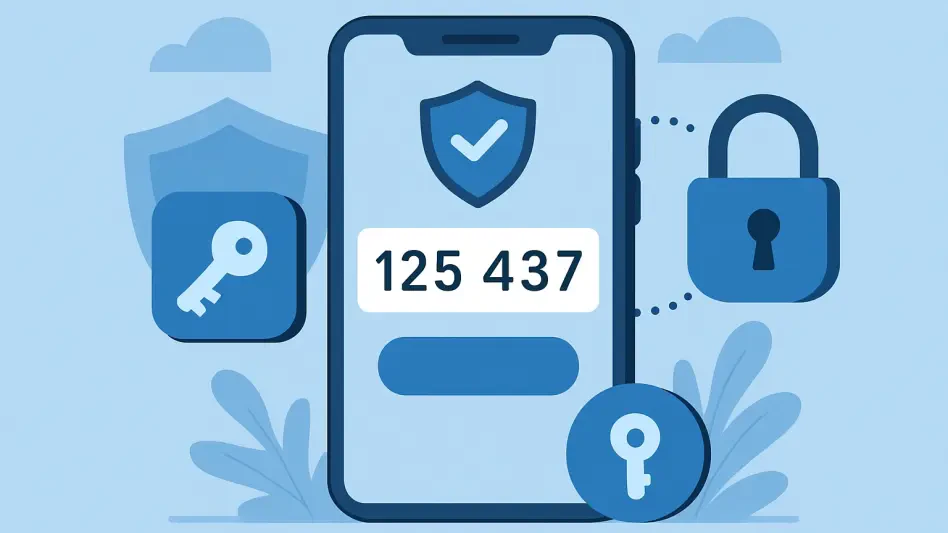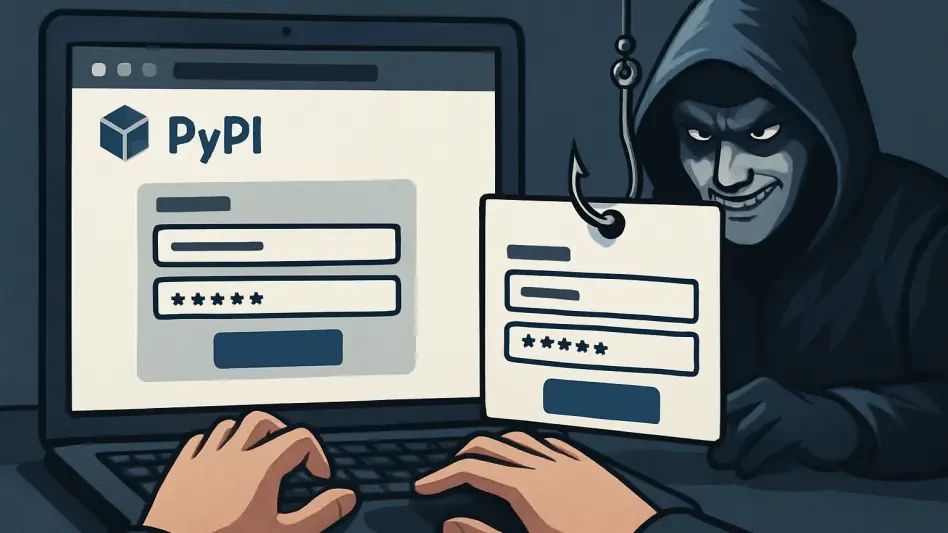The landscape of cyber threats targeting superannuation funds in Australia has seen a dramatic escalation. This article explores the recent cyberattack that exposed vulnerabilities within some of the largest super funds in the country, alongside preventive measures being advocated to safeguard retirement savings effectively. The incident has raised significant concerns among both the public and regulatory bodies, calling for immediate actions to enhance the security protocols of these critical financial institutions.
The Breach and Its Impact
Extent of the Cyberattack
The recent cyberattack on major superannuation funds such as Rest, HostPlus, Insignia, Australian Retirement, and AustralianSuper has stirred significant concerns. AustralianSuper faced the most substantial hit, with approximately $500,000 stolen from just a few accounts, revealing a major security lapse amidst its extensive member base and assets. The attackers managed to exploit the vulnerabilities of these funds, resulting in considerable financial losses and compromising the personal information of numerous account holders. This incident served as a wake-up call for many financial institutions, highlighting the urgent need for advanced security measures to protect sensitive data and financial assets.
The breach’s impact extends beyond financial loss, undermining the trust and confidence of the public in superannuation funds. The theft of a significant amount from AustralianSuper, which manages a substantial volume of assets, underscores the critical vulnerabilities that exist even within large and reputed organizations. The ripple effect of such an attack extends to the broader security landscape of the financial sector, demanding a reevaluation of existing protective measures and the implementation of more robust defenses against cyber threats.
Method of Exploitation
Cybercriminals employed stolen passwords obtained from the dark web to infiltrate superannuation accounts. The attack, strategically carried out during early hours to evade immediate detection, involved changing login credentials and siphoning off funds seamlessly from affected accounts, showcasing a simplistic yet alarming method of exploitation. By exploiting basic security lapses, the hackers could gain unauthorized access and execute their plans without raising immediate suspicion. The use of dark web resources to gather compromised credentials indicates a sophisticated understanding of the cyber underworld and its tools.
This method of exploitation reveals the stark reality of how even rudimentary techniques can lead to substantial breaches. The attackers’ reliance on stolen passwords emphasized the pressing need for enhanced authentication processes to serve as additional layers of security. The ability to change login credentials after accessing accounts signifies a lack of adequate scrutiny and monitoring, highlighting areas that need significant improvement within the security framework of these financial institutions. This breach has exposed how traditional security setups can be easily circumvented, calling for a reevaluation of the entire cybersecurity approach.
Evolution of Cyber Threats
Shift in Scamming Techniques
Unlike previous scams that relied on sophisticated fraudulent documents and deceptive tactics, the current breach leveraged basic stolen passwords. This shift indicates a growing trend where cybercriminals favor simpler exploitative strategies, emphasizing the need for enhanced security measures to tackle varied cyber threats effectively. The cybercriminals’ shift towards straightforward methods, such as using readily available stolen passwords, marks a change in their approach, reflecting an adaptation to security protocols that have become more technologically advanced and complex over time.
The evolution of these threats signifies that cybercriminals continuously adapt their methods in response to the defenses deployed by organizations. This adaptability calls for financial institutions to stay ahead by regularly updating and strengthening their security systems. The tendency to rely on simplistic yet effective hacking techniques conveys that no organization can afford to be complacent, regardless of its size or reputation. This evolution underscores the crucial role that continuous vigilance and dynamic security strategies play in safeguarding sensitive financial data from increasingly innovative cyber threats.
Implications of Evolving Techniques
The adoption of simpler yet effective methods by cybercriminals indicates a need for superannuation funds to rethink their vulnerability assessment strategies. The reliance on fundamental weaknesses, such as compromised passwords, signals that even the most basic security measures, if neglected, can be exploited with devastating consequences. Institutions must prioritize not just the adoption of advanced technologies but also the consistent enforcement of existing security measures, ensuring that every possible entry point is secured.
This evolution in cyber threats also implies that public awareness and education must be part of defensive strategies. As attackers bank on predictable human behaviors and lapses in vigilance, educating account holders about recognizing and mitigating potential risks becomes invaluable. Superannuation funds need to implement comprehensive training programs that equip their members with knowledge about the latest scamming techniques and preventive measures, essentially making them the first line of defense against cyber exploitation.
Recommendations for Enhanced Security
Importance of Multi-Factor Authentication
Implementing mandatory multi-factor authentication (MFA) is crucial in fortifying superannuation account security. MFA introduces additional verification layers beyond passwords, such as one-time codes or authenticator apps, significantly reducing the risk of unauthorized access and theft. This security measure adds an extra layer of complexity that potential attackers must navigate, making it considerably more challenging to use stolen credentials effectively. The implementation of MFA not only enhances security but also provides peace of mind to account holders, ensuring their retirement savings remain protected from unauthorized access.
MFA’s role in cybersecurity is paramount, as it mandates that users provide two or more verification factors to gain access to their accounts. This could include a combination of something they know (password), something they have (security token), or something they are (biometric verification). By requiring multiple forms of identification, MFA substantially mitigates the risk posed by compromised passwords alone. Financial institutions must embrace this technology widely to build a more secure environment for their members’ sensitive information.
Consumer Vigilance
While super funds work towards adopting stringent security measures, consumers must also play a proactive role in safeguarding their accounts. Regularly updating passwords, enabling MFA where available, and being alert to potential scams are essential steps in maintaining the security of retirement savings amidst evolving cyber threats. Consumers should be educated about the risks associated with using the same passwords across different accounts and the importance of creating strong, unique passwords for their financial accounts.
It is also crucial for consumers to monitor their accounts frequently for any suspicious activities. Promptly reporting any anomalies can prevent further unauthorized transactions and assist institutions in mitigating breaches quickly. Increased vigilance coupled with robust institutional security measures forms a comprehensive defense against cyberattacks. As part of this proactive stance, consumers should stay informed about the latest cybersecurity threats and best practices, ensuring that they remain an integral part of the overall security framework.
Towards a More Secure Future
The cyber threat landscape facing Australia’s superannuation funds has intensified dramatically. This article delves into a recent cyberattack that highlighted vulnerabilities within some of the country’s largest super funds and discusses the preventive measures being recommended to effectively secure retirement savings. The incident has sparked significant concern among the public and regulatory bodies alike, prompting calls for immediate improvements to the security protocols of these critical financial institutions. The increasing sophistication and frequency of cyberattacks underscore the urgent need for enhanced cybersecurity measures. Experts emphasize the importance of proactive strategies including advanced encryption, regular security audits, and robust incident response plans. In addition, there’s a growing push for stronger regulatory requirements to ensure fund managers are adequately prepared to counteract potential threats. This situation serves as a stark reminder of the critical necessity for ongoing vigilance and adaptation in the ever-evolving field of cybersecurity.








